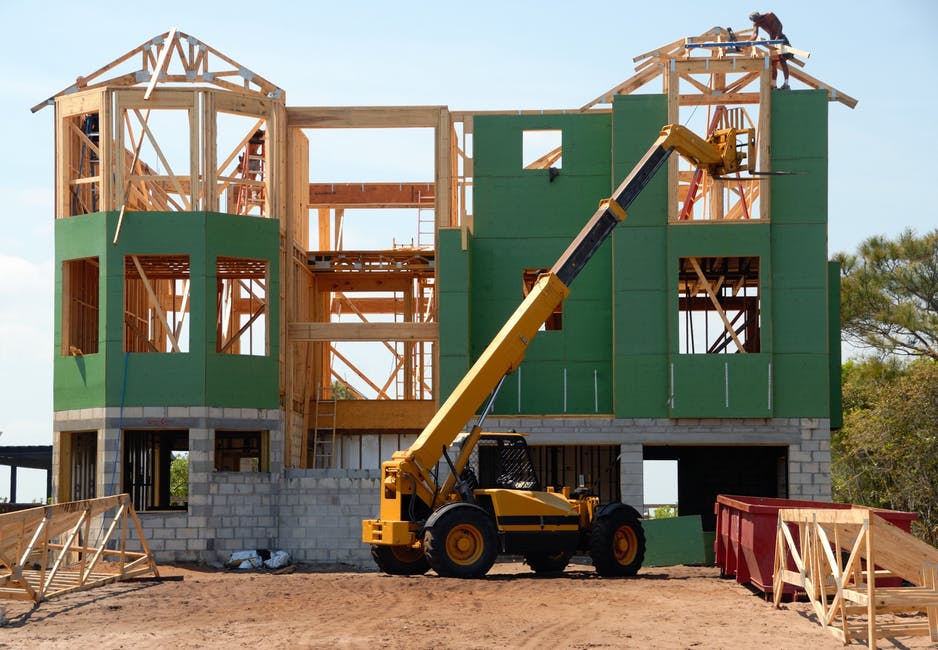Moving is a very expensive decision — whether you DIY with a rented truck or hire the professionals. You probably budgeted for the truck or moving company before you started packing. But these are just some of the most obvious expenses involved in the typical move.
Unless you’re a seasoned professional or frequent mover, you may not realize plenty of other expenses are in your future. Things like child sitting, elevator charges, and parking tickets can up your costs significantly.
You can usually rely on a line of credit when you’re faced with unexpected expenses. But when you have already put down $2,000 on a moving company, you may not have a lot of room left on this account.
Part of managing your line of credit responsibly is learning to anticipate supposedly unexpected expenses before they happen.
This article is critical reading for anyone who wants to limit how often they use their line of credit during a move. Planning early means you can start saving for these expenses in advance.
1. Child Sitting
If you have children, you might have to think about getting a babysitter for your child. To save money, you can ask friends or family willing to look after your kids.
Either way, removing your kids from the equation is easier for you and your movers. That way, you don’t have to worry about them being underfoot when you move heavy furniture.
2. Pet Boarding
The same rules apply to your furry children. Keeping your dogs and cats away from the action protects everyone involved.
3. Takeout
With your kitchen packed up, you will be relying on takeout and readymade meals far more often. You can save money by preparing frozen meals in advance, moving them quickly from one freezer to the other. Keep shelf-stable snacks handy, too.
4. Parking Tickets
If your moving company parks illegally on the sidewalk or in a no-parking zone, you (not the company) will have to pay the ticket. Avoid this by seeking out a parking permit for your new neighborhood.
5. Security Deposit
That hole your friends caused when they moved your antique armoire? If you can’t patch it up before you move, you might lose out on the security deposit you put down when you first moved in. DIY repairs might help you avoid losing your deposit, but even DIY work costs money.
6. Elevator Fees
If you live in a condo, you will have to book the freight elevator to move your things. Depending on the condo company, they may apply a charge for this elevator. This fee is usually non-refundable and must be paid when you book the elevator.
To make matters worse, most moving companies also charge elevator fees if you live on an upper floor. They may also charge stair fees if you live on the top floor of a walk-up.
7. Utility Setup
Once you arrive at your new place, you have to set up utilities to heat and power your home. Some utility companies may require you to put down a security deposit before they start the service. They usually ask if you have poor credit or are a brand-new customer.
These deposits can be costly, charging as much as twice your average monthly use.
Keep this in mind as you create a moving budget. It’s better to struggle to save this amount than the opposite, being surprised by it when you go to hook up utilities! But if all else fails, your line of credit can pitch in.
Read Also :






















